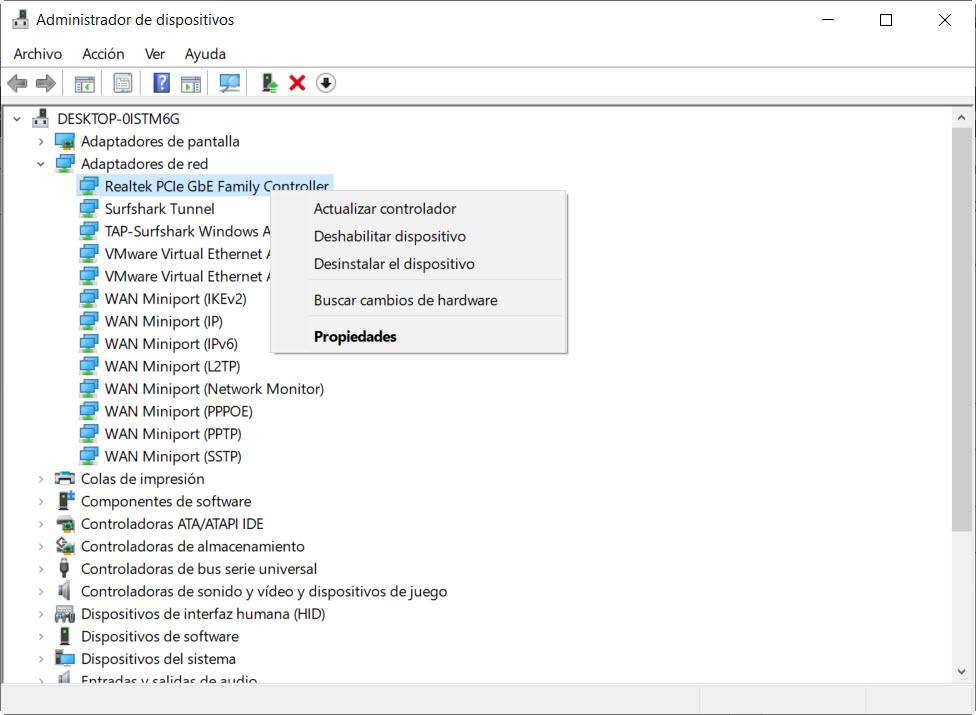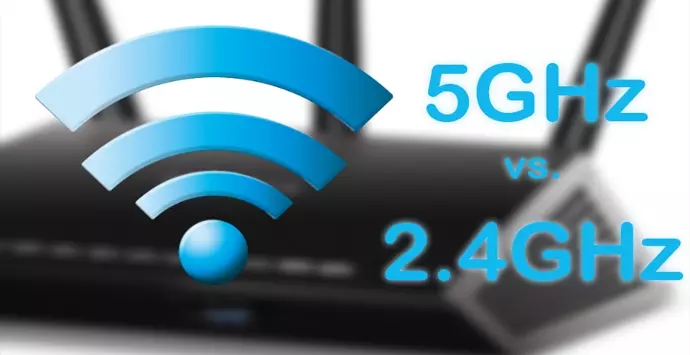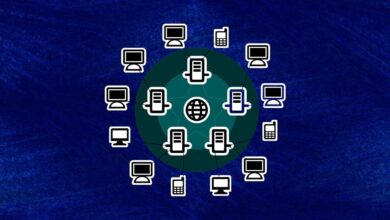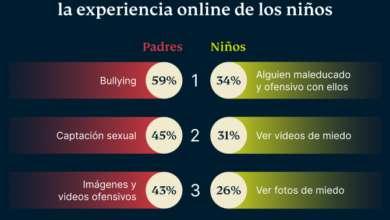What are fiber optic cables? If you know even a little about these cables, you just might have an idea of what they’re used for. Well, these are thin strands of glass, pure in quality, and are no thicker than a standard human hair. A bundle of these is stuck together to form the ‘optical cable.’ The cables transmit light along with that high-performing data networking over very long distances.
DIGGING A LITTLE DEEPER INTO FIBER OPTIC CABLES
But are these worth the investment? These fiber optics are known for providing the best kind of internet connection in current times. Fiber optics are the most demanded if you search through the market because the internet connection can travel at the ‘speed of light’ in these wires. This modern-age internet technology is also known to have lower latency. If suitable conduits are used, these fiber optic cables can also last more than fifty years!
The only downside that most businesses feel is that replacing these cables is a bit more expensive.
WHY DO INTERNET USERS ADORE FIBER OPTICS?
As the technology advances, it offers high-speed internet connectivity. Fiber optics is an advanced level of internet connection with perks and benefits that internet users have come to love!
It gives a high download speed
Fiber is the provider of high internet speed to millions of people across the seven continents. It’s no surprise why they are ‘the only choice’ for many people. Fiber plans today offer up to 1 Gbps (1,000 Mbps) speeds! Fiber optic will still be incredibly fast even if you’re streaming a movie and playing games online.
Upload speed is good too!
Uploading speed on copper cables is still a struggle as only a fraction of ‘speed’ is reached at the moment. On the other hand, fiber optics provide a high download speed and even asymmetrical upload speed! That means if the download speed is 1 Gbps, the upload speed will also be 1 Gbps.
A high upload speed is crucial when the user is conducting video conferencing or live streaming over the internet! In short, the upload speed of fiber optics is peerless.
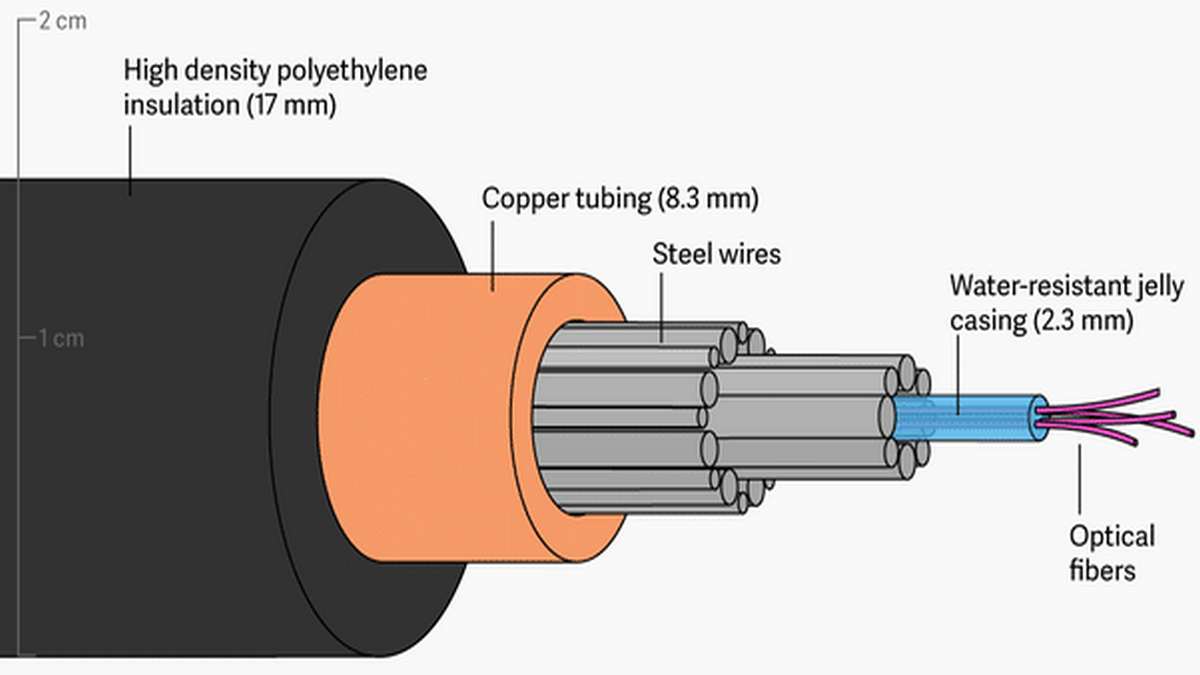
Fiber optics are reliable as compared to other internet connections. Plus, they are scalable too! This means that the optics aren’t used at their total capacity yet! In the near future, if the technology gets quicker, the cables hold room for a much higher speed limit than 1 Gbps. The only limiting factor with fiber optic is the connections at each end. This means you’ll need to replace these cables way less in the future.
SHOULD YOU BE SELF-INSTALLING THE FIBER OPTIC CABLES?
If you wish to running fiber optic cable on your own, here are the steps we’d recommend. However, note that you need a specialized tool kit used by the technicians to do the job!
- You need to have the optical network terminal (ONT) in your home. So, locate the terminal first.
- Connect these fiber terminals to your network box where the end is labeled “ONT” or “Fiber Jack.”
- Plug in the power cord once the network box is connected to the fiber terminal. It might take up to 15 minutes to start. So, sit tight!
- Connect the device to the network box before setting up the Wi-Fi network. You can connect a phone, laptop, or desktop.
- Now you’re ready to set up your home Wi-Fi network!
The question is should you do this job on your own? I’d prefer hiring a professional because the job is complicated if you are a non-techie, trust me. A technician with proper knowledge, tools, and training knows how to do things better and quicker!
Conclusion:
Fiber-optic internet is the modern-age technology that has been around for 60 years! This technology is growing drastically, and in the coming years, it is only going to grow bigger! Trust me; this lighting speed technology is here to stay forever.
So, if you have the opportunity to take up the fiber, it is best to say ‘YES’ right away!
